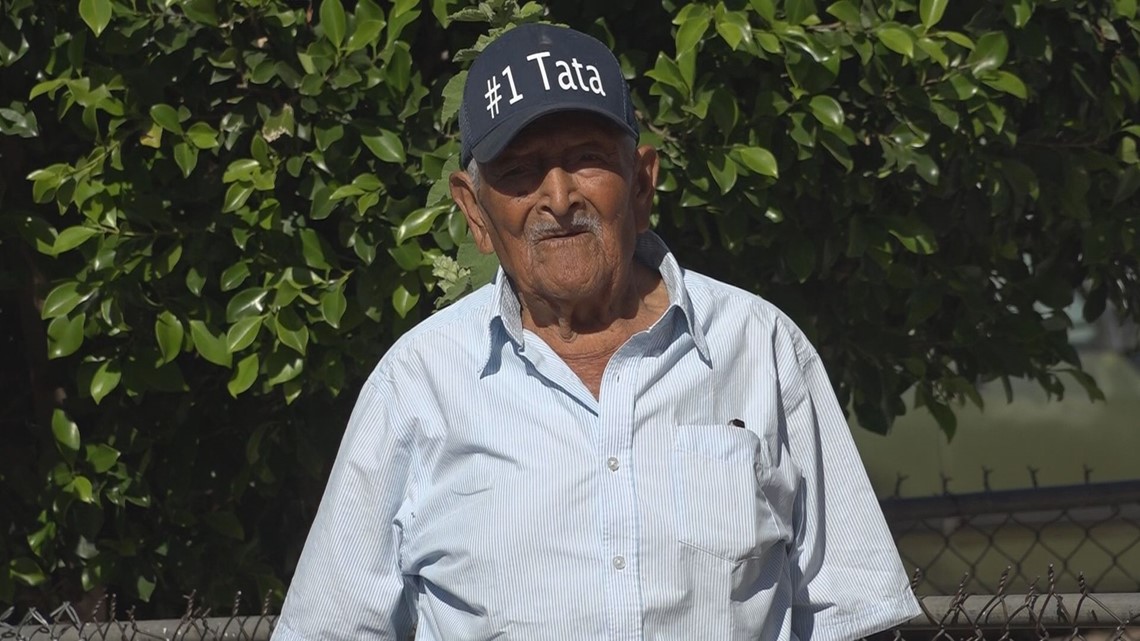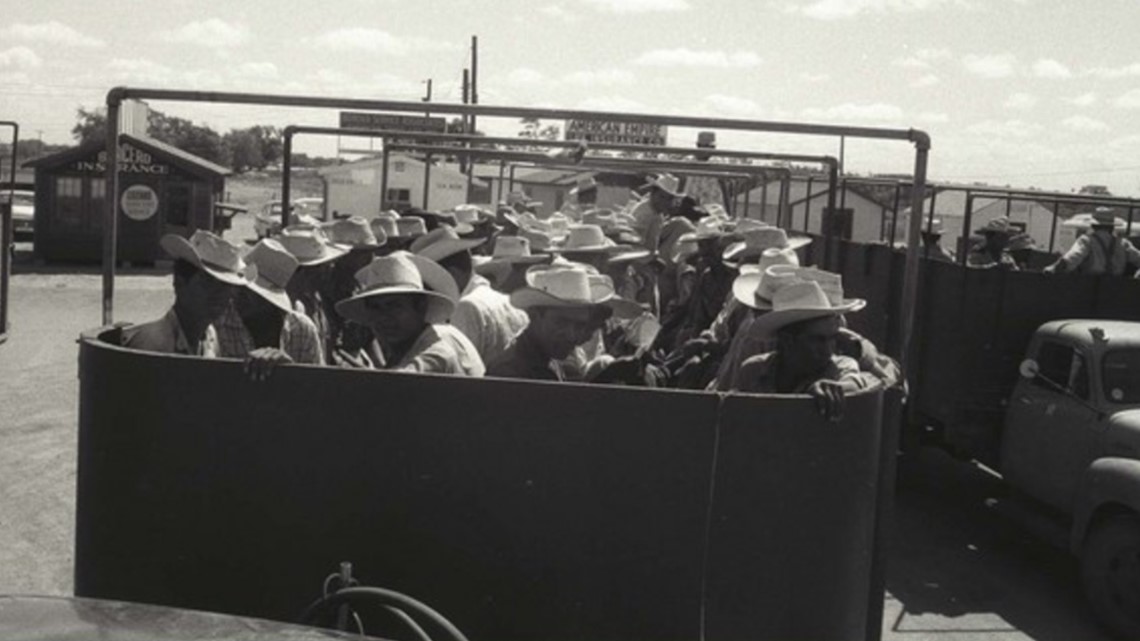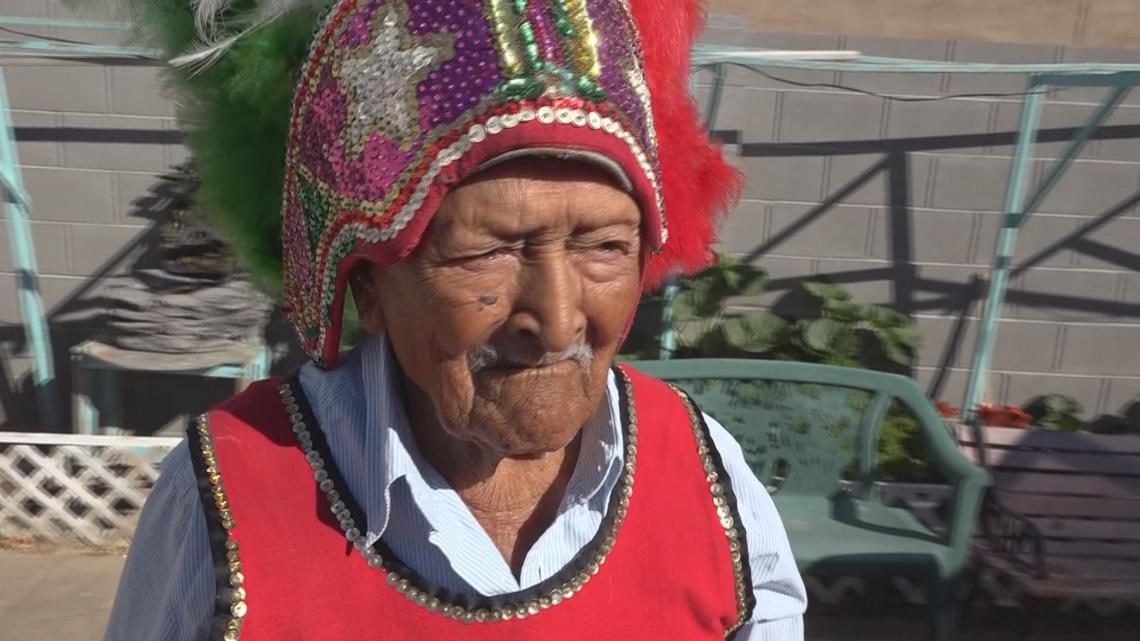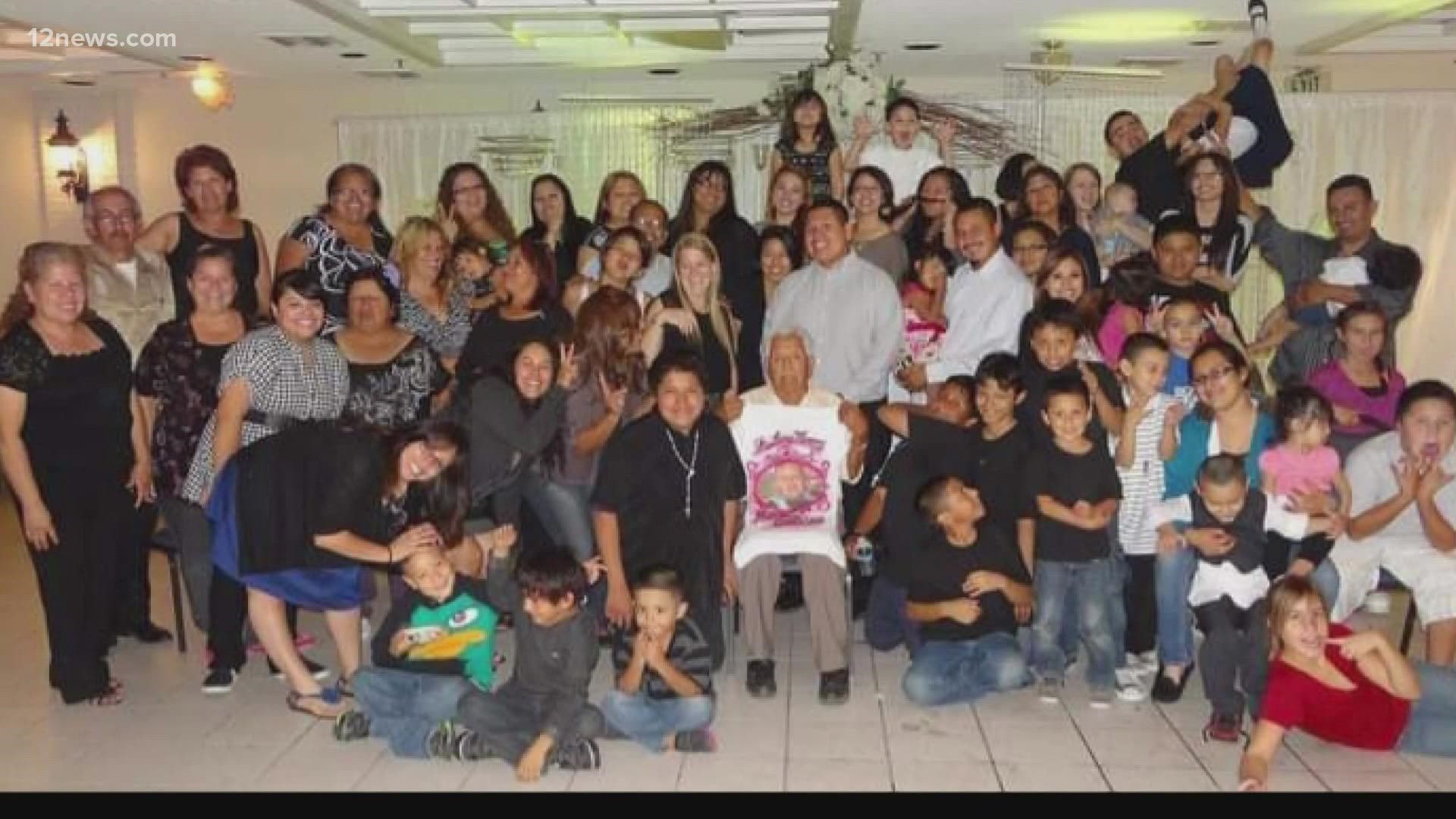GLENDALE, Ariz. — Marciano Gutierrez celebrated his 96th birthday this week in the same Glendale neighborhood he has lived in since 1966.
Neighbors know him as a reliable fixture in Old Town Glendale, and his presence reflects a generation of Mexican immigrants who helped shape the American southwest.
The “Braceros” generation
Gutierrez’s story is about how immigrant labor impacted the southwest during World War II and permanently changed American demographics.
Born in 1926 in Teocaltiche Jalisco, Mexico, Marciano began working in the “Braceros” guest worker program in the 1950s. Under an agreement between the U.S. and Mexico, the temporary workers were provided housing and food.
Agricultural workers were needed because so many men went overseas.


About 4.6 million Mexican nationals participated in the program over two decades, according to Matt Garcia, a History and Latin American professor at Dartmouth College.
Farm owners enjoyed the cheap labor and many bracero workers, like Marciano, returned to the U.S. after the program ended.
“The braceros program familiarized a whole generation of Mexican people who came north, saw the modernization of the United States and really got attached to the amenities of the United States,” Garcia said. “That spurred more migration.”
Garcia has worked for years archiving stories and photos of the braceros for the Smithsonian Museum. Their history is taught in California public schools and is viewed as an object lesson for present-day debate.
Some migrants continued working in the United States without documentation. Others obtained Visas.


Staying Active and Staying Young
Gutierrez married an American woman and obtained a residential passport in 1966. Finally, in 2009, at the urging of his children and grandchildren, Gutierrez obtained U.S. citizenship.
Now he has six living children, 29 grandchildren, 55 great-grandchildren and three great, great-grandchildren.
Although his family is spread from California to Florida, he has never left his small, modest Glendale home near 55th Avenue and Ocotillo where he tends to his trees and plants. Growing oranges, chiles and sugar cane is one of his secrets to staying young, he says.
“I sing to [the plants.] I dance with them. I water them,” Gutierrez says. The garden also reminds him of his days working in the fields, picking roses. A tree in Gutierrez’s front lawn is manicured to look like a large duck, a signature image that neighbors associate with their elderly neighbor many refer to simply as “El Tata.”


Influencing Arizona’s Culture
Gutierrez is also known for ensuring the “matachines” annual dance tradition continues in his family every year. The dance honors the Virgin of Guadalupe and combines native Aztec and Catholic rituals. It involves participants wearing skirts and head crowns. Gutierrez crafted many of the colorful costumes himself and has kept the tradition going after partnering with other Mexican immigrants in the 1970s.
“I Iove it because since I was a 13-year-old boy when my mom was alive I started to dance,” Gutierrez said. “I’m so proud [my children] are following my tradition.”
His grandson, Marco Gutierrez, speaks about the annual ceremony with pride.
“It’s a very sentimental feeling to share something like this with your family,” Marco said.
The “matachines” dances are one way Gutierrez’s generation is making a distinct mark on American culture.
“His presence and others like him in the community really has defined what it means to be Mexican in the United States and Arizona,” Garcia said.
The Future of Guest Worker Programs
Lawmakers debate whether there should be another braceros-style program in the future as a way to bring existing undocumented laborers on payrolls. Some argue it would be better to have them as temporary, underpaid workers rather than being undocumented.
“There continue to be proposals both on the right and the left that say a guest worker program will solve all our undocumented issues in this country. But it’s not that easy,” Garcia said.
American agricultural workers resented the braceros. Farm owners enjoyed the suppressed wages.
Activists like Cesar Chavez worked hard to eliminate the bracero program so farmworker unions could begin to get fair wages.
“They (braceros) are sort of a political football in many ways even though the program ended in 1964. It still continues with a variety of programs,” Garcia said.
Inspiring Arizona
Follow 12 News on YouTube for more amazing stories from the Grand Canyon State.

